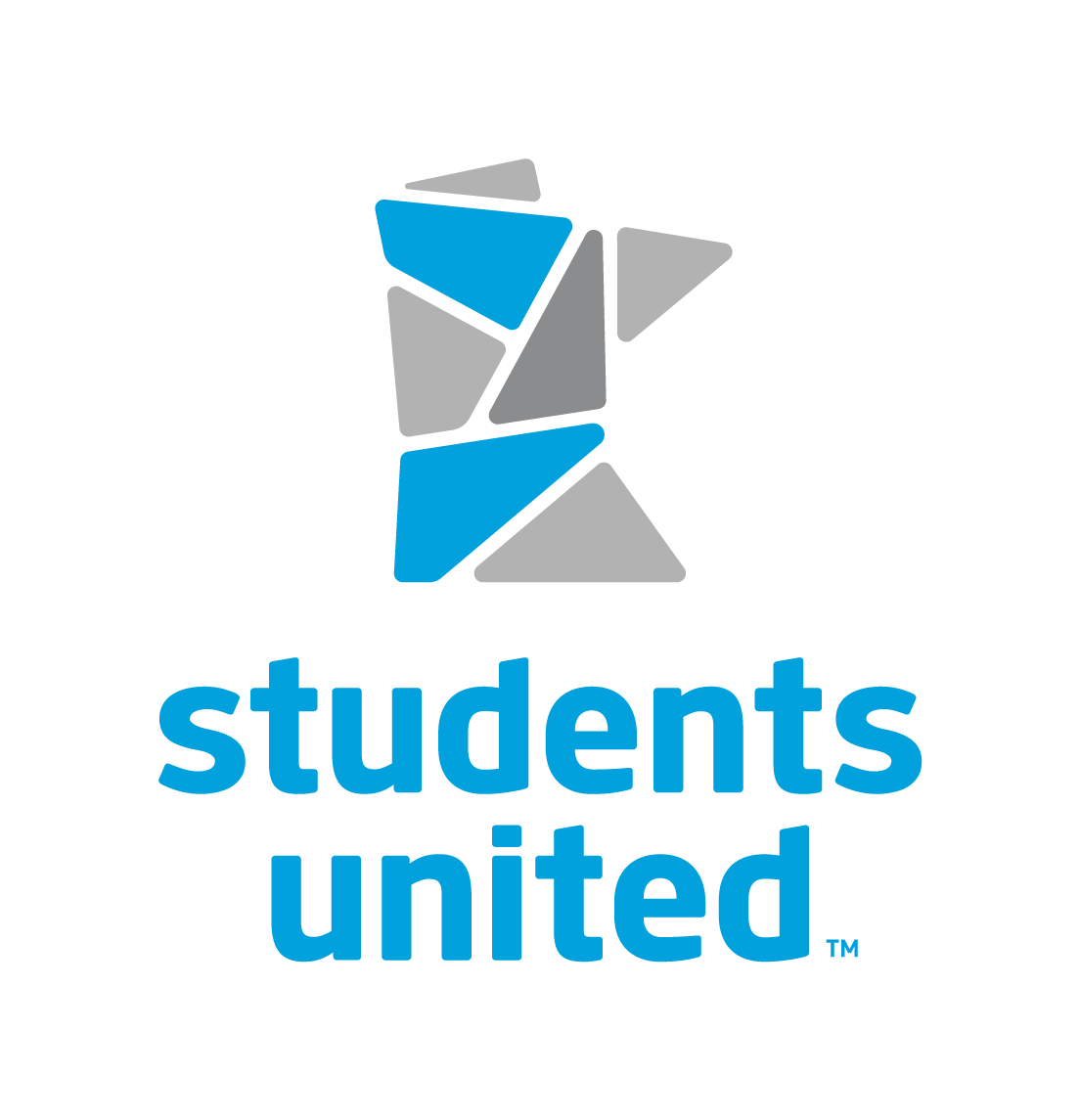Written By | Ben Ellgen
Three weeks into the 2019 Legislative Session, the freshly elected Minnesota House and Senate have begun taking steps towards once again familiarizing themselves in office and beginning their work. In the absence of much legislative activity, the various committees that make up Minnesota Legislature have been hearing from a wide variety of government agencies and advocacy groups including our very own Students United. State Chair Kayla Shelly and Vice Chair Elijah Norris-Holliday had the opportunity to testify in front of the House Higher Education Finance and Policy Committee on the 22nd. Sharing not only organization’s mission to advocate for students across the MinnState system and our legislative agenda, Kayla and Elijah shared their own experience with student debt. Chair Shelly testified saying,
“Many receive little or no family assistance, unable to afford textbooks required for our course work, meaning we are often struggling to learn the information we came to a university for.
“Even with this level of workload, it is still not enough to cover the cost, meaning we are borrowing as much as it takes to get a degree, and graduating in poverty only to enter the workforce with what can be a lifetime’s worth of debt.
“Despite taking steps to afford college through work and financial aid it is not uncommon for state university graduates to leave our institutions with $40,000 or $50,000 in debt.”
Vice Chair Norris-Holliday continued sharing,
“After successfully graduating high school, I knew that I wanted to further my education at a Minnesota State University. Considering the lack of financial support that I would have in college, my top criteria for college was affordability. When I was comparing the cost of attendance at the universities I was admitted to; Winona State University was the most affordable by a long shot. Despite, Winona State being more affordable than the other institutions and me receiving financial aid including the MN state grant and Pell grant. I managed to still graduate with over $28,000 in debt for a bachelor's degree.”
Furthermore,
“I understand that college is an investment, and just like any investment, you have to make sacrifices to achieve success. However, I wish the state would see education as an investment as well, and alleviate some of the financial burdens off of students. I know that investing in higher education will benefit the state of Minnesota and all of the citizens that call our state home. Our higher education system has come far, through the work that you all do at the capitol, with the Minnesota State Grant, but when it comes to affordability, we have a lot further to go.”
Stay tuned for further updates regarding higher education policy and our advocacy efforts!
